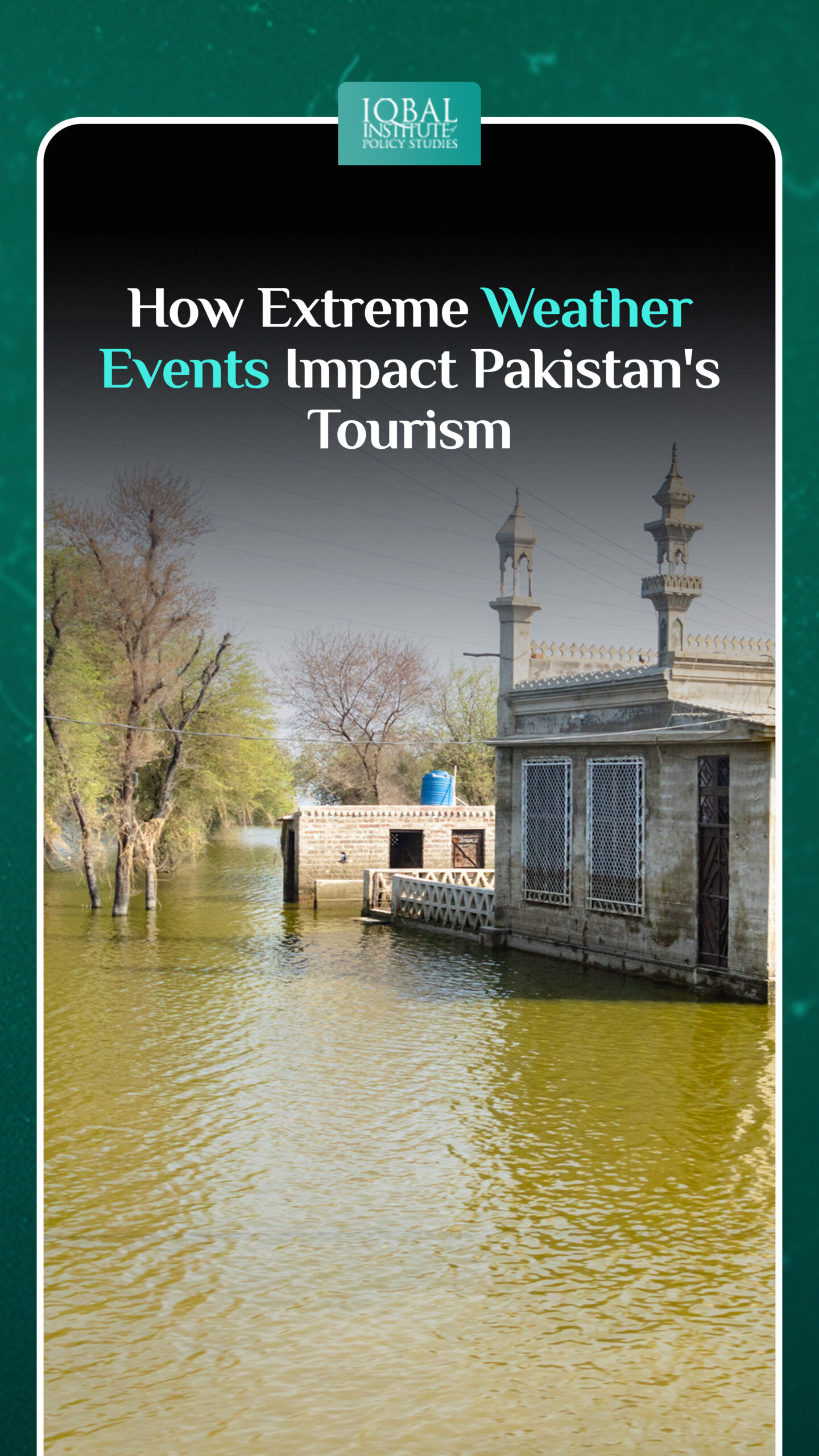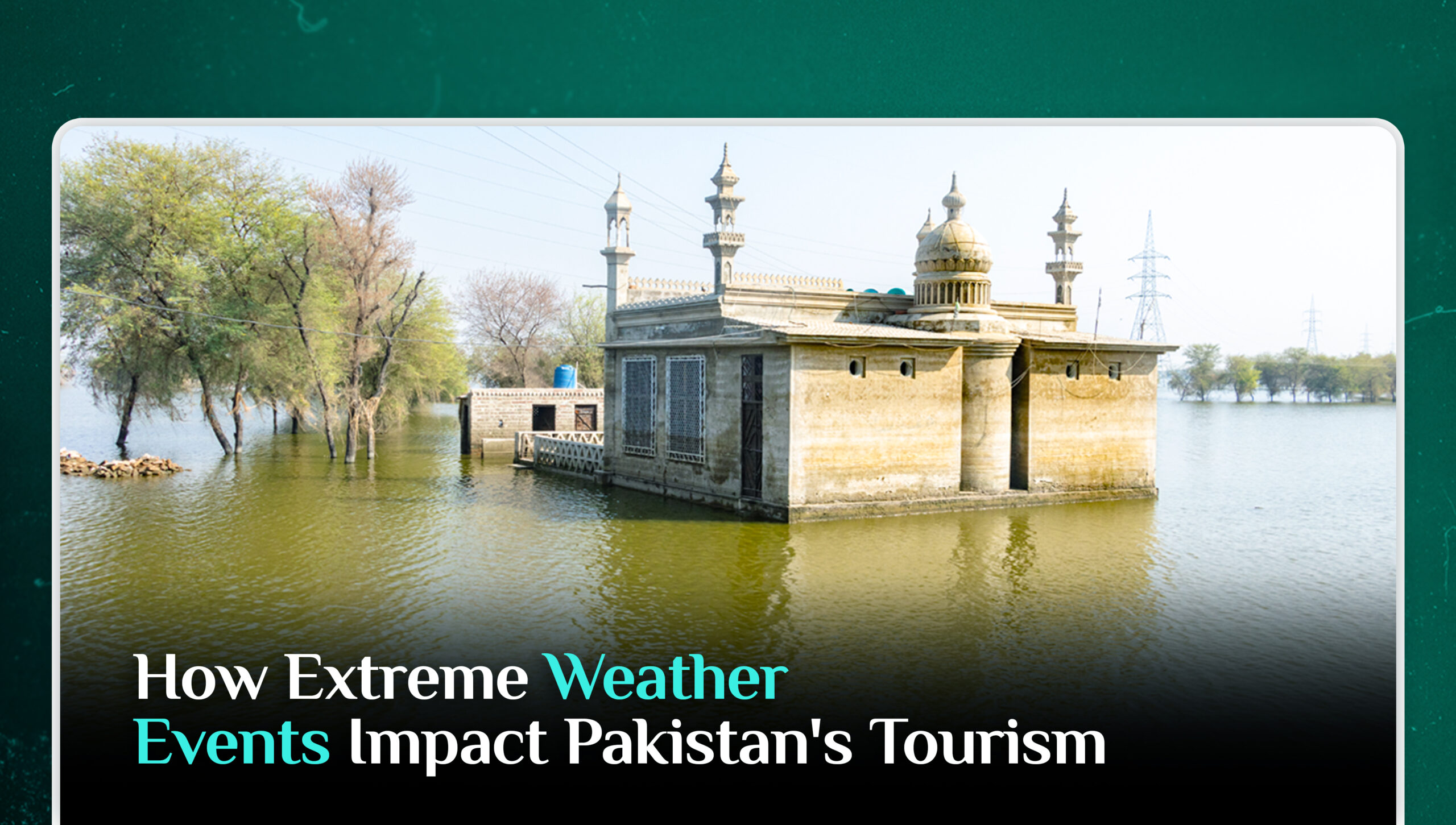Pakistan, a land of unparalleled beauty and diverse landscapes, has long been a hidden treasure in the world of tourism. Its majestic mountains, serene valleys, arid deserts, and lush green plains offer a wealth of experiences for adventure seekers and nature enthusiasts. However, Pakistan’s burgeoning tourism industry is not without its challenges, and one of the most significant hurdles it faces is extreme weather events. In this extensive blog, we will delve into the multifaceted ways in which extreme weather events impact Pakistan’s tourism and the comprehensive measures being taken to mitigate their effects.
The Enigmatic Beauty of Pakistan
To appreciate the significance of the challenges posed by extreme weather events, it’s essential to first acknowledge Pakistan’s vast natural beauty and geographical diversity. From the towering peaks of the Himalayas and Karakoram to the extensive deserts and fertile valleys, Pakistan is a country with much to offer. Beyond its natural allure, the nation’s cultural richness, historical sites, and warm hospitality make it an enticing destination for tourists from across the globe.
The Influence of Extreme Weather Events
Extreme weather events in Pakistan encompass a wide spectrum, including floods, avalanches, landslides, heatwaves, and monsoon rains. These events not only pose immediate risks to the safety of tourists but also disrupt travel plans, negatively impact the region’s infrastructure, and engender long-term consequences. Let’s explore the ways in which extreme weather events can impact tourism:
Safety Concerns
The foremost concern is the safety of tourists. The fear of being caught in a flood, avalanche, or landslide can significantly deter potential visitors and mar the tourism experience for those already in the country.
Infrastructure Damage
Extreme weather events can wreak havoc on transportation and communication infrastructure, including roads, bridges, and airports. Such damage can hinder access to popular tourist destinations, making it inconvenient for travelers.
Disrupted Travel Plans
Tourists often plan their trips well in advance, booking flights, accommodations, and tours. The sudden onset of extreme weather can lead to the cancellation of these arrangements, leaving travelers disappointed and financially burdened.
Negative Media Coverage
When extreme weather events occur, they often garner widespread media attention. Negative news coverage can create a lasting, unfavorable image of the affected region, further discouraging potential tourists from visiting.
Economic Impact
The tourism industry is a significant contributor to Pakistan’s economy. Extreme weather events can lead to a drop in the number of visitors, causing financial losses for businesses, local communities, and the government.
Measures to Mitigate the Impact
Pakistan is actively taking measures to mitigate the impact of extreme weather events on its tourism industry. These measures encompass a wide range of strategies:
Improved Weather Forecasting and Early Warning Systems
Enhancing weather forecasting and early warning systems is crucial. Tourists can make informed decisions and avoid visiting areas at risk of extreme weather events.
Infrastructure Resilience
Developing infrastructure that can withstand extreme weather conditions is a priority. This includes constructing roads and bridges designed to be less susceptible to damage, ensuring the availability of emergency services, and implementing disaster preparedness plans.
Tourism Promotion
The government and tourism authorities can actively promote regions less prone to extreme weather and highlight the best times to visit particular destinations. Highlighting off-peak seasons can reduce the concentration of tourists during high-risk weather periods.
Tourism Insurance
Offering comprehensive travel insurance options that cover cancellations and disruptions due to extreme weather events can provide a safety net for tourists, assuring them of a financial safety cushion.
Diversifying Attractions
Encouraging tourism in a wider range of regions, including those less prone to extreme weather, can help distribute the impact more evenly. This not only safeguards the tourism sector but also aids in the equitable development of the country.
Sustainable Tourism Practices
Promoting responsible and sustainable tourism practices, such as respecting local cultures and preserving the environment, is vital. Striking a balance between the need for tourism and the necessity of protecting natural resources is crucial for long-term sustainability.
Conclusion
Pakistan’s diverse landscapes and cultural heritage offer immense potential for the growth of its tourism industry. However, the challenge posed by extreme weather events is not to be underestimated. By continuously improving weather forecasting, building resilient infrastructure, promoting the diverse attractions of Pakistan, and nurturing responsible tourism practices, the nation can mitigate the impact of extreme weather events and continue to attract travelers from around the world. Balancing the need for tourism with the necessity of preserving the environment is pivotal in ensuring a sustainable and resilient future for Pakistan’s tourism sector, which has the potential to be a beacon for the country’s economic growth and international recognition.
This article is written by Radma Nouman. Radma is a research analyst at the Iqbal Institute of Policy Studies (IIPS).



Leave a Reply